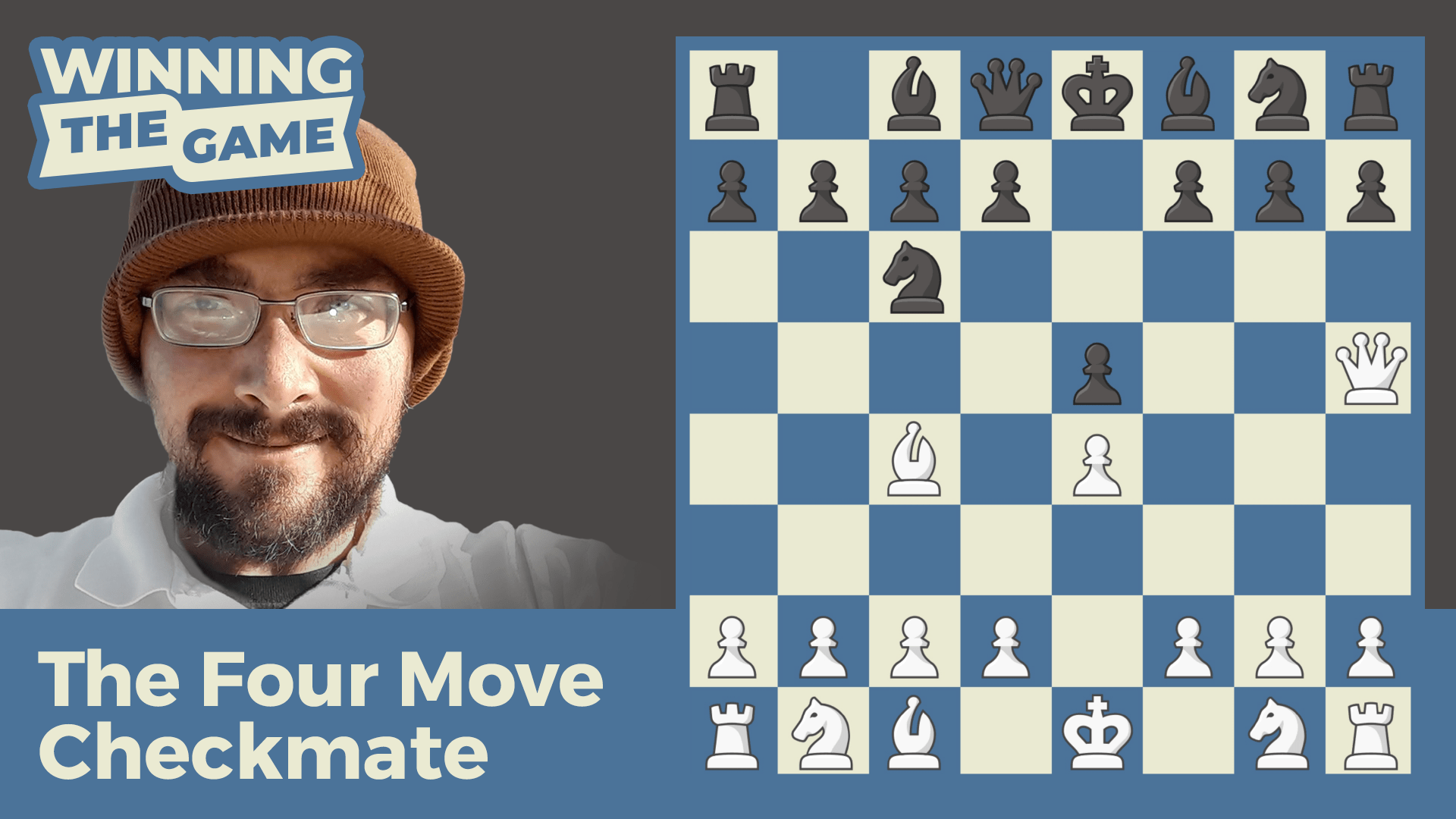

It is possible to play the game with just two players (one per team) by having each player move on two boards. Partners are not allowed to physically act on the other board. Shouts like "Knight mates!" or "Don't give up a Bishop!" are common and can lead to seemingly absurd sacrificial captures on the other board. They can, for instance, ask for a specific piece, for more trades, ask to hold a piece, suggest moves or ask their partner to stall. Partners are normally allowed to talk to each other during the game. The outcome of the match is then decided by adding the score of the two boards. In this case, pieces in reserve can still be dropped, but no new pieces are coming in.

Īlternatively, when one board finishes, play can continue on the other board. Threefold repetition may apply, in which case the reserve of pieces is not taken into account. The match can be drawn by agreement or when two players on opposite teams run out of time or are checkmated simultaneously. A game is won when one player gets checkmated, resigns, runs out of time, or makes an illegal move. The match ends when the game on either board ends. One rule states that players may not delay their move beyond the time that it takes for their partner to make three moves. When used, it applies to pieces in reserve as well they are considered dropped after contact has been made with an empty square.īughouse can be played without a clock, but then there is usually a rule preventing a player waiting for pieces (stalling or sitting) indefinitely. Touch move is practiced to a lesser extent. Bughouse is usually played using clock move, meaning players are committed to a move only after pressing the clock. At the start of the game, the players with the black pieces start the clocks simultaneously. Clocks are placed on the outside of the adjacent boards so that all players can see both clocks. Each player must keep the reserve or stock pieces on the table in front of the board, always visible to all players of the game.īughouse chess is usually played with chess clocks to prevent players from waiting indefinitely to be passed a piece. A rook placed on the rook's typical starting square (a1, h1, a8, h8) may take part in castling.

A pawn placed on the second rank may move two squares on its first move. In play over the board, a promoted pawn can be put on its side to indicate promotion. ) Dropped pawns may promote, but all promoted pawns convert back to pawns when captured. (A variant does not allow dropped pieces to deliver check. Pieces in reserve may be dropped on any vacant square, including squares where the piece delivers check or checkmate however, pawns may not be dropped on the first or last rank. The partner keeps these pieces in reserve and may, instead of playing a regular move, place one of these pieces on the board (as in shogi and crazyhouse), called dropping the piece. Captured pieces Ī player capturing a piece immediately passes that piece to their partner. Each player plays the opponent as in a standard chess game, with the exception of the rules specified below. Partners sit next to each other and one player per team has black pieces, while the other has white pieces. Each team member faces one opponent of the other team. Yearly, several dedicated bughouse tournaments are organized on a national and an international level.īughouse is a chess variant played on two chessboards by four players in teams of two. Together with the passing and dropping of pieces, this can make the game look chaotic to the casual onlooker, hence the name bughouse, which is slang for mental hospital. The game is usually played at a fast time control. Normal chess rules apply, except that captured pieces on one board are passed on to the teammate on the other board, who then has the option of putting these pieces on their board. Bughouse chess (also known as exchange chess, Siamese chess (but not to be confused with Thai chess), tandem chess, transfer chess, double bughouse, cross chess, swap chess or simply bughouse, bugsy, or bug) is a popular chess variant played on two chessboards by four players in teams of two.


 0 kommentar(er)
0 kommentar(er)
